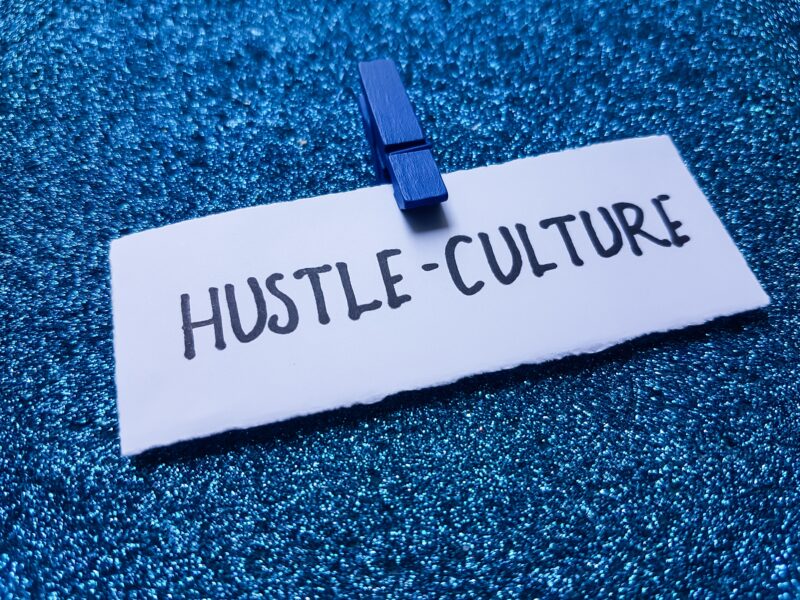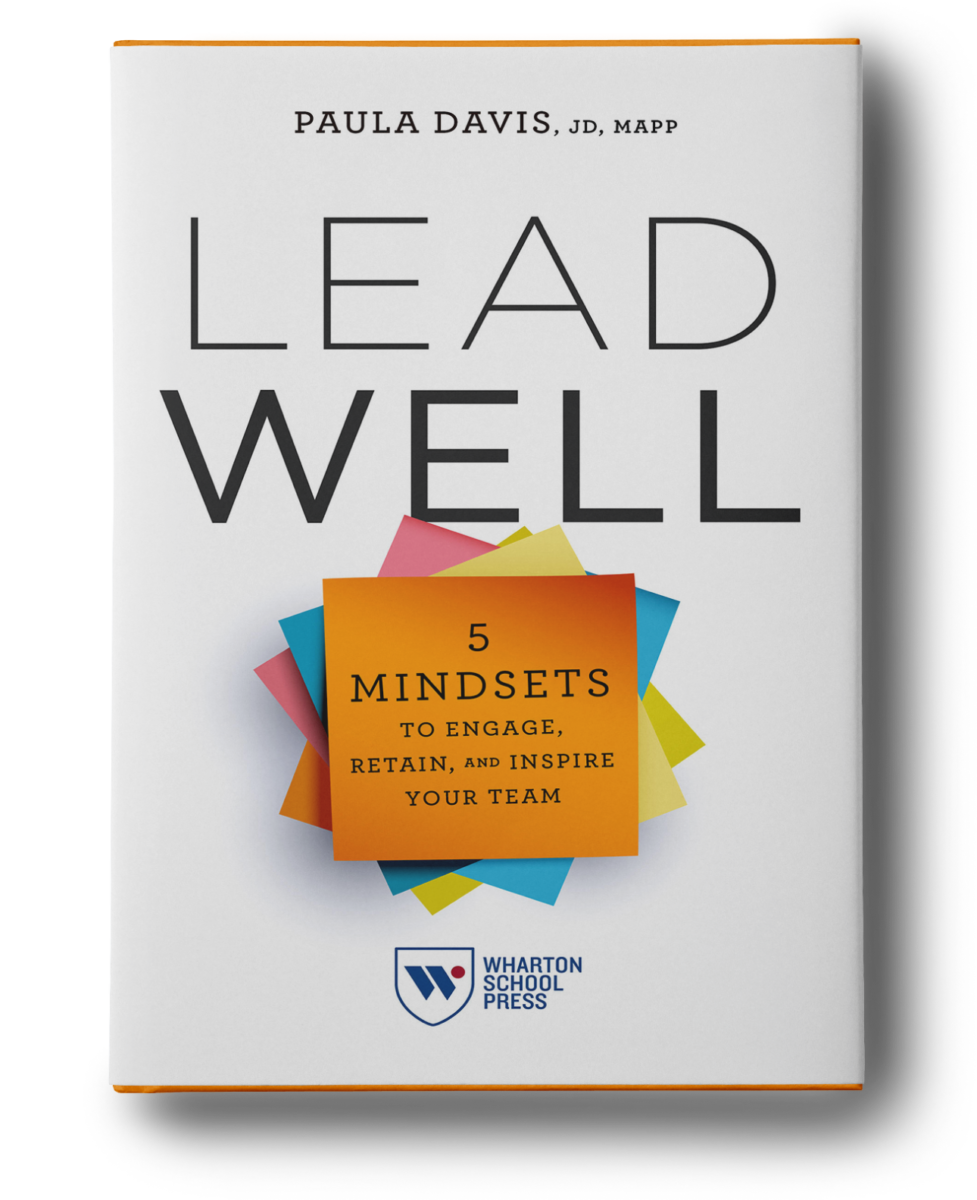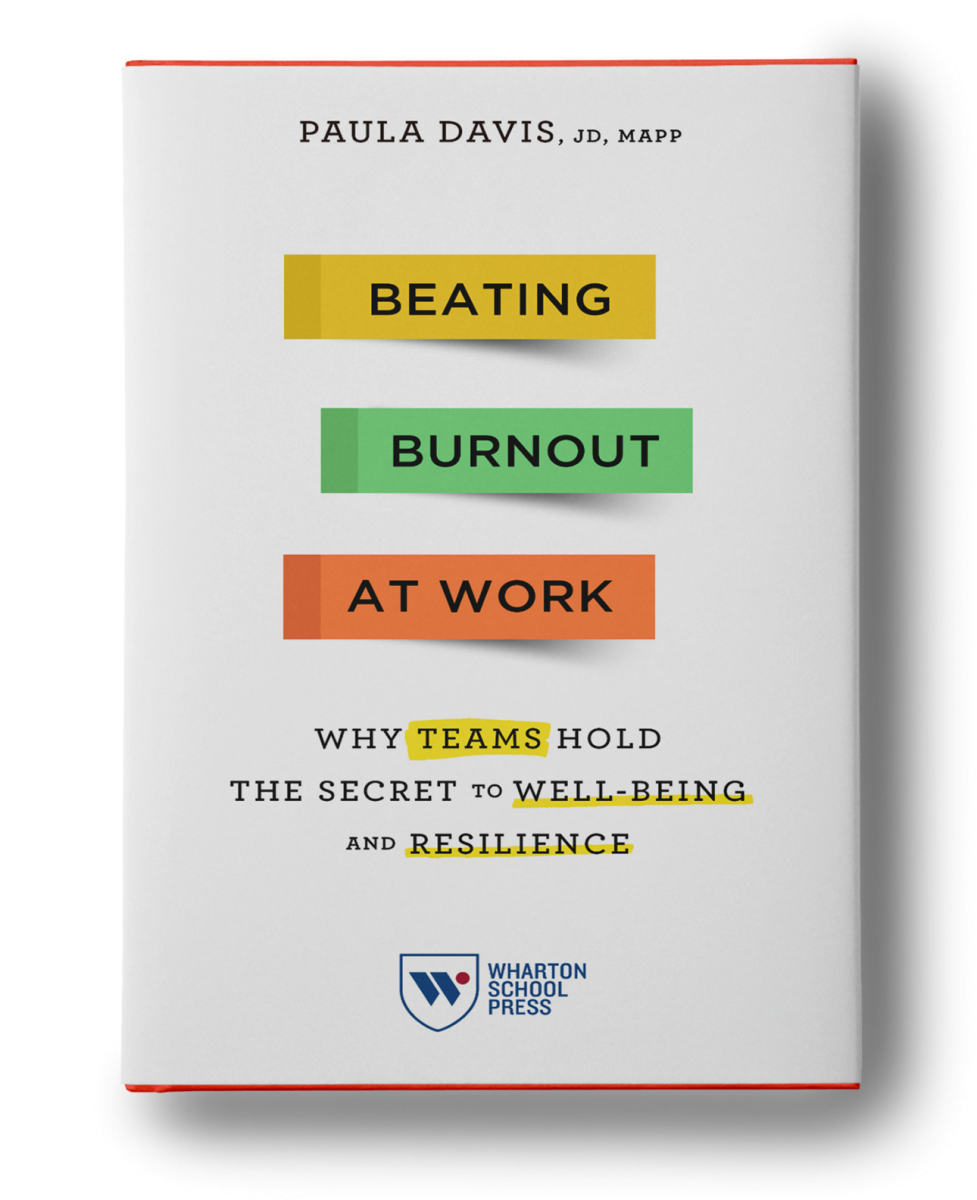and thrive during challenge, change, and adversity. It’s not enough to just bounce back; employees today must develop a thicker coat of armor so that future stressors don’t have as much of an impact. Since leaving my law practice, I have had the privilege of teaching and training resilience skills to thousands of professionals. Here are seven key things resilient employees do differently: They develop high-quality connections. One big building block of resilience is connection, but not just any old connection. High-quality relationships are critical to resilience. According to business and psychology professor, Dr. Jane Dutton, there are four distinct pathways for building high-quality connections at work. The first is respectfully engaging others by communicating supportively and being an effective listener. Second, facilitate another person’s success with guidance, recognition and support. Third, build trust, which can be done by relying on another person to follow through on projects and other commitments. Finally, have moments of play. Play evokes positive emotions and is often associated with creativity and innovation (Dutton & Spreitzer, 2014). Work can be a serious place, but so many workplaces take the world far too seriously. They manage stress & avoid burnout. Burning out during the last year of my law practice was my resilience low point. Since then, I’ve made it my mission to educate busy professionals about burnout and how to develop a resilience practice to prevent it. Burnout is a slow erosion and progressive loss of energy and enthusiasm. If I had developed a resilience practice at the outset of my law career, I would have been able to better manage the cynicism, exhaustion, and inefficacy I felt as my career progressed. A critical part of resilience is self-care and recovery, and resilient employees know how they spend their energy each day and they take time to re-fill their tank. They show up as their real selves. Resilience is about being authentic. Resilient employees work in accordance with their values and strengths. I spent so much of my career being “Paula the lawyer”; meaning, I often left the best of who I was at home and acted how I thought a lawyer should act. As I tried to do everything perfectly, my authenticity faded away. A bunch of soldiers in the U.S. Army helped to change that. I taught resilience skills to soldiers for many years, and our training involved two things I hate: acting and dancing in public. The fact that I feel like Elaine from Seinfeld when I dance meant I got to look like a goofball in front of the toughest men and women on the planet. But since my job required it, I was forced to be perfectly imperfect. And guess what, it sucked at first!! I almost gave myself a panic attack the first time I had to dance and the weird looks I got from the soldiers reinforced the fact that it wasn’t pretty. Then something amazing happened. The soldiers started to talk to me about times they got embarrassed and then we started talking about deeper issues. Vulnerability feels like weakness but looks like courage to everyone else. Putting myself out there gave me the confidence to pursue loftier goals, and that feels like freedom They grow their grit. Grit is defined as having the passion and perseverance to pursue your long-term goals. Grit has been shown to predict success in many different avenues from which salespeople succeed and make the most money to who succeeds at West Point (Duckworth et al., 2007) to which women lawyers succeed at big law firms (Hogan, 2013). Working on truly challenging goals means you’re going to experience obstacles, and you won’t be able to bounce back from them or get grittier without resilience. They stay inspired. Meaning matters a whole lot at work; in fact, it’s a main source of motivation. Meaning also builds your resilience and your engagement. The most successful and resilient people I have worked with are there for more than a paycheck because they see how their work has value and impact. Losing that motivation, energy and vitality is a recipe for burnout and makes work feel a whole lot more like a chore. They have mental toughness & flexibility. When you experience a stress-producing event at work, what do you think to yourself about that event? Do you see where you have any control, influence, or leverage in the situation, or do you fold? Some people jump to conclusions about a situation while others maintain a flexible and accurate thinking style. Some people catastrophize – they let their worst-case scenario thinking get the best of them and it stops them from taking purposeful action. Resilient employees track their thoughts, emotions, and reactions when they’re under stress in order to notice counterproductive patterns that might be undercutting success. They manage change and setback. I had a 45 minute conversation with my banker last month about the changes he sees coming in the financial industry. He talked about how he and his staff are feeling overwhelmed with the top-down pressure to maintain perfect (literally, no wiggle room) customer satisfaction scores. The legal profession is changing as well. Last month I spoke about resilience to lawyers at Schwabe, Williamson & Wyatt, a law firm at the forefront of the resilience movement in the legal profession, and we discussed how clients are demanding different billing structures and certain projects are being offshored. The Affordable Care Act is changing the way healthcare operates. When resilience becomes a practice, you can better anticipate and manage risk, deal with setbacks more appropriately, and stay engaged during times of challenge. Creating a practice of resilience has impacted my life in so many wonderful ways. Resilience has helped me become a better version of myself, and I’ve seen that happen over and over again with the many people I have taught and trained. The workplace is experiencing stress and change in ways previously unseen – the time to adopt resilience at work is now. References Duckworth, A.L., Peterson, C., Matthews, M.D., & Kelly, D.R. (2007). Grit: Perseverance and passion for long-term goals. Journal of Personality and Social Psychology, 92(6), 1087-1101. See also Duckworth, A. (2013). The key to success? Grit. TED Talks Education. Dutton, J.E. (2014). Build high-quality connections. In J.E. Dutton & G.M. Spreitzer (Eds.), How to Become a Positive Leader (pp. 11-21). San Francisco, CA: Berrett-Koehler Publishers, Inc. Hogan, M.L. (2013). Non-Cognitive Traits That Impact Female Success in Big Law (unpublished doctoral dissertation, University of Pennsylvania).]]>
Contact Us
How can we help? Let us know today!






